Following its successful launch in 2021, contemporary art gallery and platform Galloire has opened a new physical space at City Walk, Dubai. Its first show in the new location is the group exhibition <I’M NOT A ROBOT>, featuring a collection of renowned international artists whose work explores human connection in a digital age, especially relevant given our reliance on technology to maintain communication throughout the pandemic.
The exhibition, which opens on January 31, 2022, includes works by Daniel Canogar, Anne Spalter, Xavi Sole Mora, Jonathan Monaghan, Jonas Lund and Addie Wagenknecht. These artists are pioneers in their field, working at the frontier of digital art and its intersection with traditional art. Works on display range from physical paintings created collaboratively with AI programmed robots through to a selection of digital works made available as NFTs [Non-Fungible Tokens].
Speaking about the exhibition and her body of work, featured artist Addie Wagenknecht, said: “In a time where meme-based cryptocurrency is using up the world’s grid and art is being slashed from every major budget line in exchange for border walls and tax cuts, artists who are in discussion with technology but more specifically are able to contextualise where our bodies belong in the future of art and tech, and how we engage with consumption.
“For me, so often being a woman online is simply about having the right to be visible, having a right to exist in a space. The implications of that visibility mean always knowing the context: where your body is, how it is presented, and who is looking at it and who is following you, wanted and unwanted. There is a balance of visibility and fear. How do we translate this into something beautiful and how do technology and algorithms translate this, or do they expose it?”
<I’M NOT A ROBOT> marks the first time the works from most of the artists have been shown in Dubai, while some have drawn attention at previous regional exhibitions. In Dubai currently, Daniel Canogar’s site-specific art installation Dynamo is showcased at Expo 2020 Dubai as a centrepiece of the Spanish pavilion and this follows on from his recent showing at the Noor festival in Riyadh.
Canogar said: “My artwork is an attempt to materialise the digital, to give it a face, as a way of helping me wrap my mind around the intangibility and ever-expanding depths of the electronic realm we are now so surrounded by.
“Through generative processes that use real-time data, the artworks behave in unpredictable ways which never repeat. By referencing everything from historical art process to manual weaving techniques, the data is then reformed and merged into its own work of art. Through that process, these living pieces enable us to visualise our algorithmic reality.“
The exploration of the digital is at the core of Galloire as a platform and gallery. Its first show was presented in full photo-realistic virtual reality and also allowed viewers, using leading-edge augmented reality technology, to bring the works into their home to view on their own walls. Edward Gallagher, Galloire’s founder explained why <I’M NOT A ROBOT> is their first in-gallery show, “With an exhibition which explores the balance between online and real life, between the physical and the digital, it seemed a great opportuinity to allow that work to manifest in a new physical space.”
“We’re extremely pleased to bring the work of these incredible artists to the Middle East and to have a selection of works which ask such a powerful, topical question. It’s something I feel acutely, as I think I’ve changed personally as a result of the pandemic and, if you ask yourself, you also probably feel you have changed somehow too. This exhibition invites our audience to ask themselves if we need to go back to how we were and can we? Have we numbed ourselves so much we need to remind ourselves what deep human connection feels like and how we achieve it without an electronic device?”
<I’M NOT A ROBOT> will be open to the public until February 28, 2022. The exhibition will take place at Galloire’s new gallery, located on London Street, City Walk, Dubai (opposite La Ville hotel). The works will also be accessible via Galloire’s website at www.galloire.com.
<I’M NOT A ROBOT> opens on the January 31 2022, and will be open to the public from February 1, 2022 until February 28, 2022. Visit the exhibition at the gallery located on London Street, City Walk, Dubai (opposite La Ville hotel) 10am-10pm daily, or if you can’t be in Dubai you can view the exhibition online from anywhere at Galloire’s website.
Galloire is a contemporary gallery and platform that aims to bring the best international talent to the Middle East and make their work available regionally, as well as provide global collectors access to exciting new works from the world’s premiere artists.
Galloire aims to bring a broader audience to art; to make discovering, connecting with and collecting world-class artists’ work more transparent and accessible – better serving artists, existing collectors and those new to contemporary art.
The gallery opens daily from 10am to 10pm at London Street, City Walk, Dubai.
Jonas Lund is a Swedish conceptual artist who creates paintings, sculpture, photography, websites and performances that critically reflect on contemporary networked systems and power structures. Lund’s artistic practice involves creating systems and setting up parameters that oftentimes require engagement from the viewer. This results in game-like artworks, where tasks are executed according to algorithms or a set of rules. Through his works, Lund investigates the latest issues generated by the increasing digitalisation of contemporary society like authorship, participation and authority. At the same time, he questions the mechanisms of the art world; he challenges the production process, authoritative power and art market practices.
Addie Wagenknecht’s work explores the tension between expression and technology. She seeks to blend conceptual work with forms of hacking and sculpture.
She holds a Masters degree from the Interactive Telecommunications Program at New York University, and has previously held fellowships at Eyebeam Art + Technology Center in New York City, Culture Lab UK, Institute HyperWerk for Postindustrial Design Basel (CH), and The Frank-Ratchye STUDIO for Creative Inquiry at Carnegie Mellon University.
https://www.placesiveneverbeen.com
Daniel Canogar is a multidisciplinary artist who works in photography, video, sculpture, and installation. His most recent sculptural installations are constructed with discarded electronic materials: computers, telephones, and electric cables, thousands of burnt-out bulbs, meters of videotape, old slot machines, celluloid, DVDs. Salvaging these materials, Canogar reclaims the discarded technologies from junkyards and recycling centres—veritable cemeteries for consumer electronics—to examine the short life expectancy of consumer electronics that are so readily cast away.
This cyclical consumption is indicative of a given society and age, yet hauntingly parallels organic mortality. In much of his work, Canogar seeks to bring dead materials back to life to reanimate the lifeless, reveal previously hidden secrets, and revive collective memory.
He has created permanent public art installations with LED screens, including Dynamo, a site-specific audiovisual project designed for the Spanish Pavilion in Expo 2020 Dubai.
Digital mixed-media artist Anne Spalter is an academic pioneer who founded the original digital fine arts courses at Brown University and The Rhode Island School of Design (RISD) in the 1990s and authored the internationally taught textbook, The Computer in the Visual Arts (Addison-Wesley, 1999). Her artistic process combines a consistent set of personal symbols with a hybrid arsenal of traditional mark-making methods and innovative digital tools. A new body of work, further developed at a recent residency at MASS MoCA, combines artificial intelligence algorithms with oil paint and pastels.
Spalter is also noted for her large-scale public projects. MTA Arts commissioned Spalter to create a 52-screen digital art installation, New York Dreaming, which remained on view in one of its most crowded commuter hubs (Fulton Center) for just under a year. Spalter’s 2019 large-scale projects included a 47,000 square foot LED video work on the Hong Kong harbor.
Spalter’s work is in the permanent collections of the Victoria and Albert Museum (London, UK); the Albright-Knox Art Gallery (Buffalo, NY); the Rhode Island School of Design Museum (Providence, RI); The Museum of CryptoArt, and others. Alongside her studio practice, Spalter continues to lecture on digital art practice and theory.
Xavier Sole’s body of work reflects on the social perception of Good and Evil, on the power of cruelty and how to make it seductive through archly naive setups. Profoundly influenced by Francisco Goya, his satirical work portrays an irrational society where the boundaries between nastiness and enjoyment are blurred. Using playful manipulations, his artworks allows the audience to engage with bittersweet wrongdoing, guilty pleasures and have bittersweet fun in doing so. His body of work encompasses digital prototyping, virtual reality, web-art, tactical media, film, drawing and happenings.
Jonathan Monaghan
Jonathan Monaghan is an artist working across a range of media, including prints, sculpture and computer-animated video, to produce otherworldly objects and narratives. Drawing on wide-ranging sources, such as historical artworks and science fiction, his fantastical pieces uncover subconscious anxieties associated with technology and consumerism. Past exhibitions include The Sundance Film Festival, The Hermitage Museum in Saint Petersburg, and The Palais de Tokyo in Paris. His work has been featured in several media outlets including The New York Times, Vogue, and The Washington Post. His work sits in numerous public and private collections including The Crystal Bridges Museum of American Art and the Washington D.C. Art Bank Collection.
We invite singers, bands, DJs, comedians, influencers, promoters, and other performers based in UAE to showcase their talents at Comingsoon.ae!

 2500
2500 
 390
390 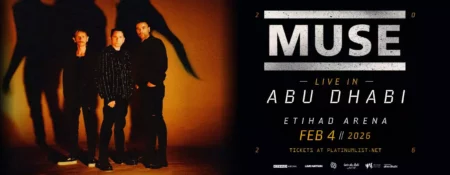
 325
325 
 395
395 
 6000
6000 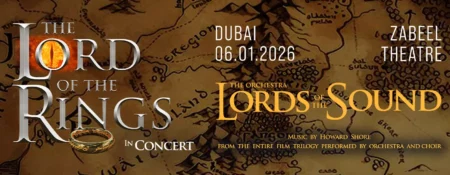
 350
350 
 300
300 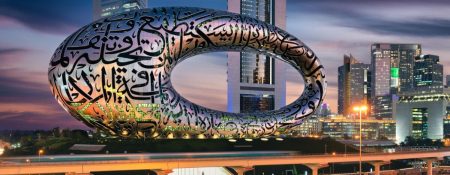
 149
149 
 375
375 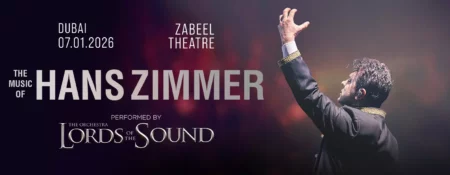
 350
350 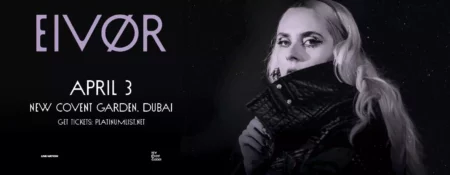
 199
199 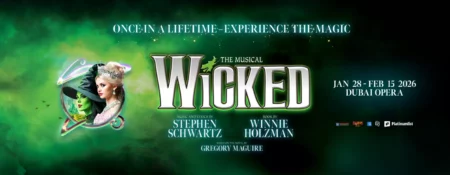
 275
275